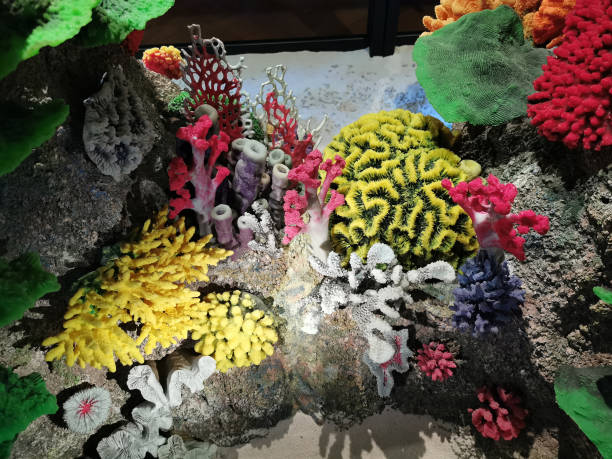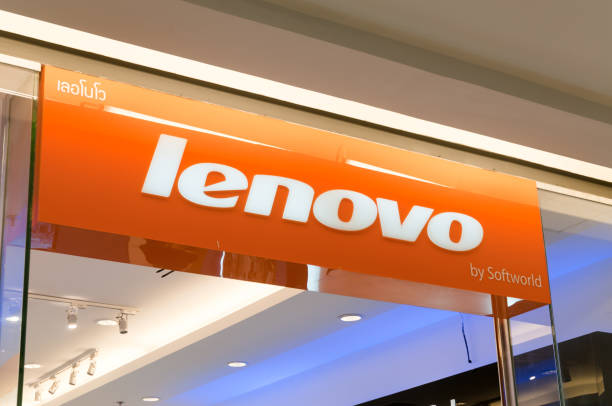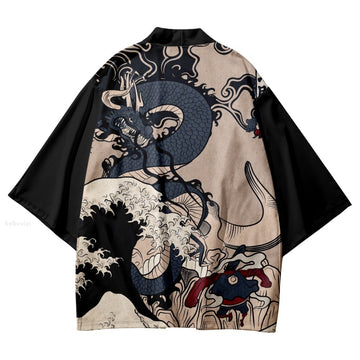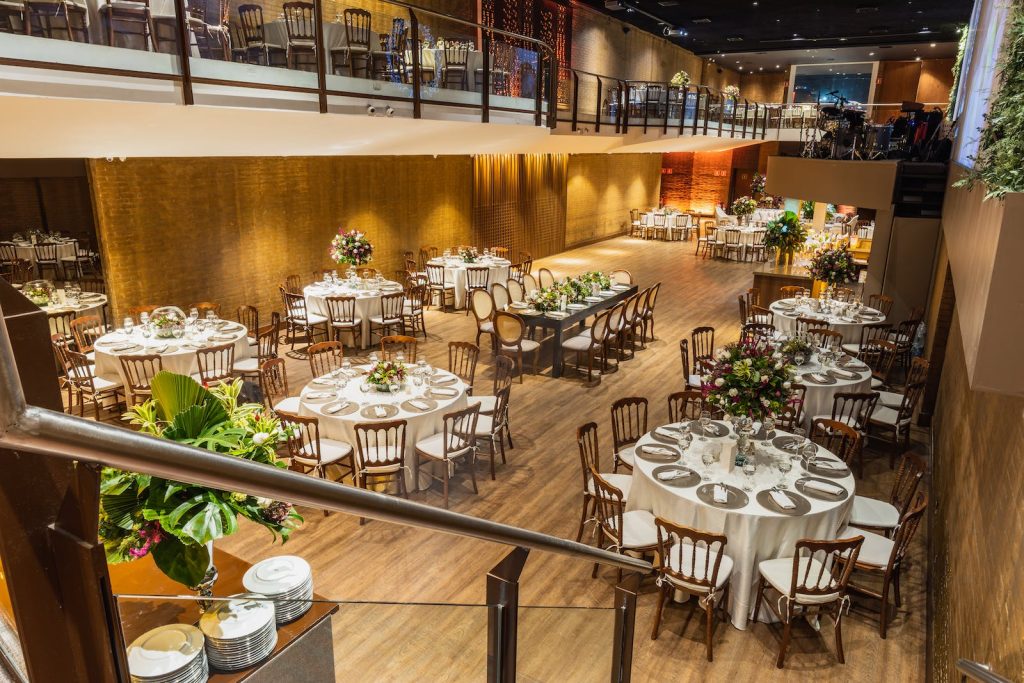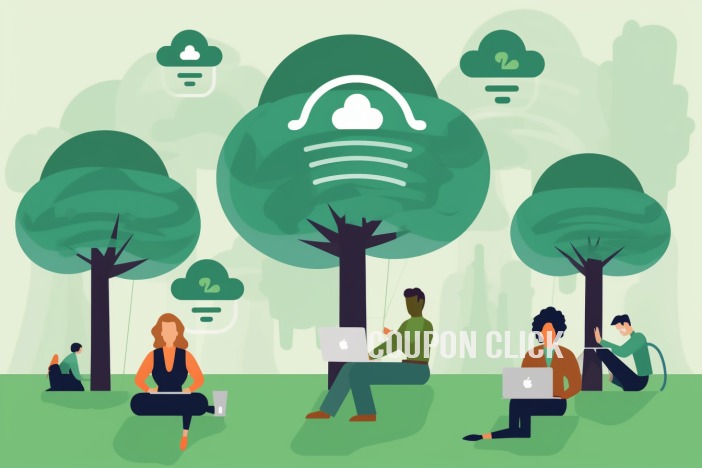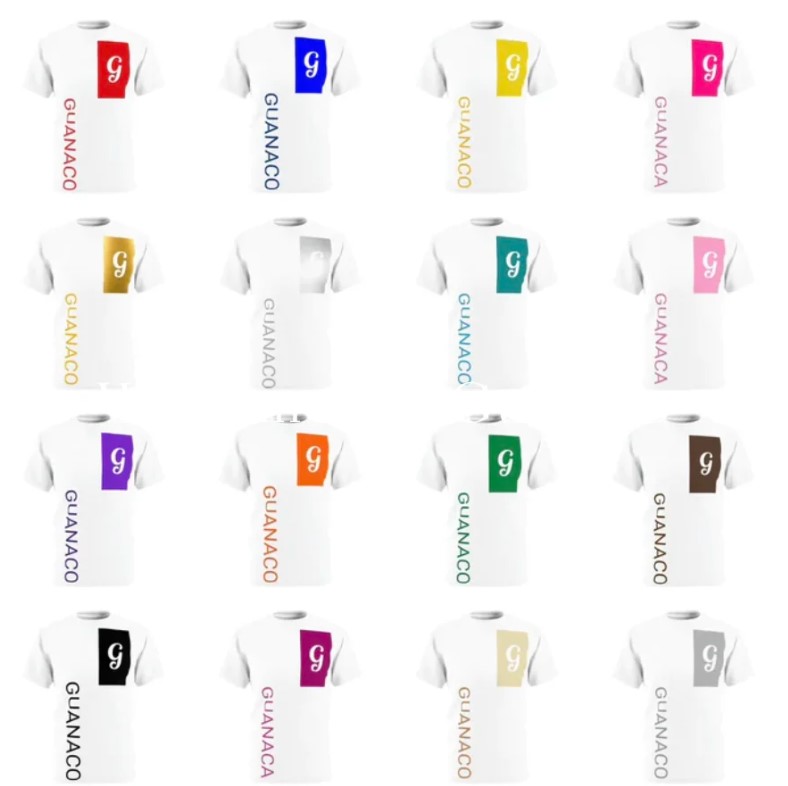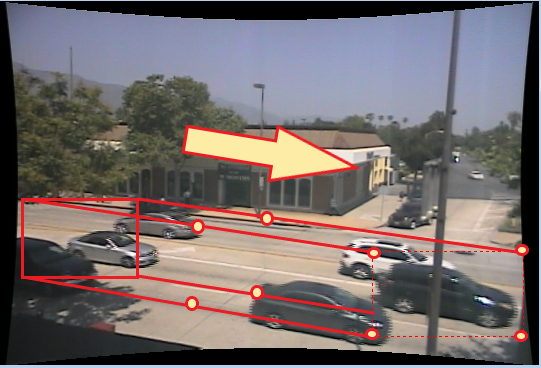Why More Brands Will Adapt to AR and VR Technology in the near future
Meta: AR and VR technology has caught the attention of businesses and is receiving more attention. eCommerce future relies on these technologies for its future growth.
- What are AR and VR technology?
AR, Augmented Reality morphs the physical world into a visual and colorful world, projecting virtual characters and pictures through a video viewer or phone camera. It is efficient as a gaming and branding tool. AR is adding real-life experience to the users.
VR, Virtual Reality takes similar components like AR to another level. It produces computer-generated simulations. These immersive simulations create any place imaginable using special pieces of equipments such as headsets, computers, gloves, and sensors.
- AR vs. VR technology
AR promotes your surroundings, offering a live view by adding digital elements. It does by using a Smartphone camera. VR is an immersive experience alternating the real-life environment with a simulated one.
Referring to AR vs. VR technology:
- AR employs a set of real world while VR is virtual only.
- The users of AR can control in the real world their presence, while the VR user’s presence control is by the system.
- VR users need a headset device, while AR users can access using a Smartphone.
- AR promotes both the real and virtual world, while VR promotes only a fictional reality.
- AR and VR technology ppt
The rapid technological development has bought people closer to digital devices in our imagination. The two technological inventions, AR and VR make things happen in digital versions and reality.
Virtual and Augmented Reality are technologies with potential in marketing, e-commerce, gaming, education, and various other fields. It brings the virtual and real world in association with 3D enhanced visuals, making it more significant. You may download AR and VR technology ppt.
- Uses of AR and VR
The uses of AR and VR are many. There is strong potential in learning VR and AR and there are many advantages such as cost and time savings. Precisely, the practical uses of AR and VR are:
1. Practicing One-on-One Interactions
With AR and VR, practicing one-on-one interaction is easier for employees. This VR application assists sales teams overcome objections and aligning their presentations, highlighting company branding. It means they can work directly with any potential customer.
2. Taking Creative Risks
AR and VR are beneficial in polishing the creative thinking skills of your team. In a virtual environment, learners can solve problems in new ways. You enjoy the opportunity of creating a new workflow.
3. Onboarding
Another practical use of AR/VR technology is the learning curve. It is useful for the organization and the employee. Using VR sets, prepare your employees for an emergency. Besides, these technologies are fun and innovative, favoring easy learning.
- Social media vs. social networking examples
An electronic communication form is social media including social networking and microblogging websites. Through social media, users share information, personal details, and ideas creating online communities. It is a method for one-to-many communication. It creates quick connections through different apps such as Reddit, Twitter, Facebook, Pinterest, and more.
Social networking nourishes and creates online relationships with people having similar viewpoints. They help develop, generate, and nurture online relationships for a longer time. Individuals and businesses like using Instagram, Snapchat, and Facebook.
- Social media is important in today’s communication
Social media has a long-lasting impact and is an integral part of lives, no matter, whether it is in the advertising, business, or the education sector. WhatsApp, for example, has redefined IMS. It is a new level allowing texting across the globe with an internet connection. This transformation is with Twitter, Facebook, Instagram, and LinkedIn.
- What is the role of social media in communication?
Social media in communication has a vital role. It is about community, conversation, audience connection, and building relationships. Social media is not merely a marketing or sales tool or some broadcast channel. The keys are honesty, authenticity, and open dialogues. Social media allows hearing that people comment about you, and you have the facility to respond through this communication.
- What is social media, and its types?
A collective term is a social media for various applications and websites. It helps focus on community-based input, communication, content sharing, interaction, and collaboration. People using social media stay in touch to interact with various communities, besides family and friends. There are different social media network types:
- Social networks: Twitter, Facebook, LinkedIn
- Discussion forums: Quora, Reddit, Digg
- Media Sharing Networks: YouTube, Snapchat, Instagram
- Consumer Review Networks: TripAdvisor, Zomato, Yelp,
· Blogging & Publishing Networks: Medium, WordPress, Tumblr,
- Bookmarking & Content Curation Networks: Flipboard, Pinterest
- Interest-Based Networks: Houzz, Goodreads, last. FM
- Social Shopping Networks: Etsy, Polyvore, Fancy
- What is social media in ICT?
Social media is a computer-based technology facilitating the sharing of information, thoughts, and ideas through communities and virtual networks. ICT revolutionizes the way people work and live by providing overall well-being. It has the potential to accelerate voice and connectivity. Harnessing this technology empowers women. Social media gives users personal information, photos, videos, and documents as content for communication.
Working in the space of social media is about leveraging technologies to advocate and promote changing social norms.
- Zones of social media
The number of social media channels and users face difficulty in using the correct channels. Here are four zones of social media.
- Zone 1: Social Community- It concentrates on relationships building such that consumers with the same interests gather, and it includes:
- Social networking sites (like LinkedIn and Facebook)
- Wikis (like Wikipedia) and
- Message Boards (like Reddit)
- Zone 2: Social Publishing- It is about content sharing online. It is done by a business or consumers through:
- Microsharing sites that are micro-blogging sites such as Twitter
- Media sharing sites like YouTube
- Blogs such as WordPress
- Zone 3: Social Entertainment– It includes channels offering entertainment and play such as:
- Entertainment Communities (like Pandora and Spotify)
- Games such as Mafia Wars and Candy Crush
- Zone 4: Social Commerce– It includes all channels providing a place to:
- See- eBay
- Buy –Etsy
- Review-Tripadvisor
Summary
The VR and AR technologies are shaping the new environment by integrating virtual and physical objects at different levels. These portable and embodied devices development is highly interactive, evolving into hybrid experiences.
Conclusion
Augmented and Virtual Reality is the latest trends in social media as it is beneficial to businesses. The AR offers hands-free solutions and the tools of AR play a supportive role. Shoppers receive automatic suggestions on their Smartphones. AR and VR work separately but have evidence of their potential in businesses.





























